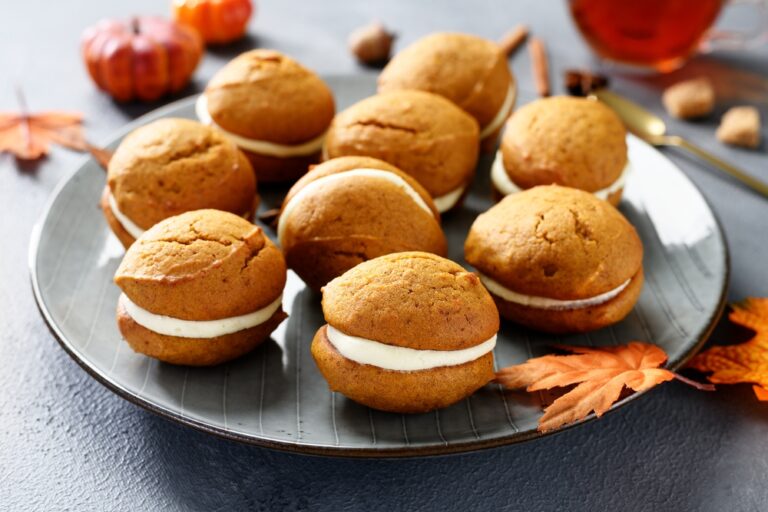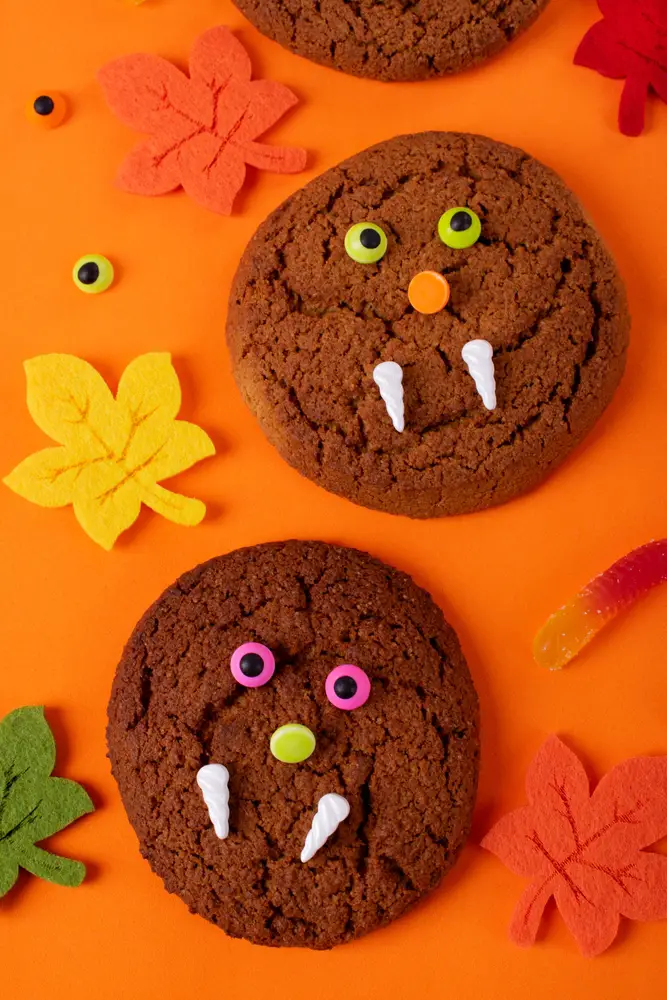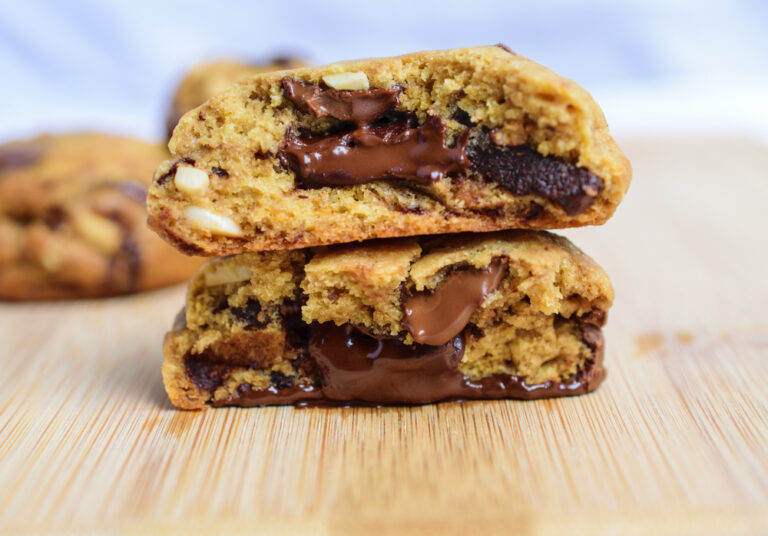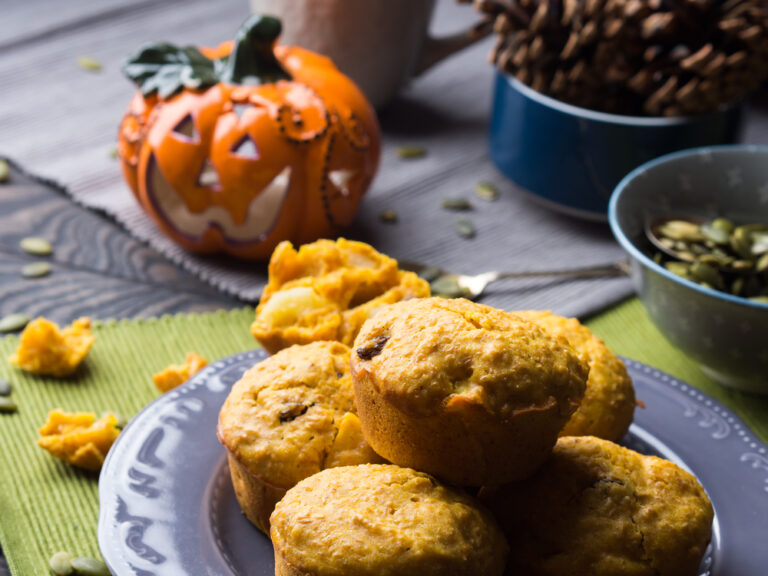Butter Biscuits
Indulging in the aroma of freshly baked butter biscuits can transform any meal into a special occasion. This classic recipe combines simple ingredients to create light, flaky biscuits that pair perfectly with breakfast or as a delightful side for dinner.
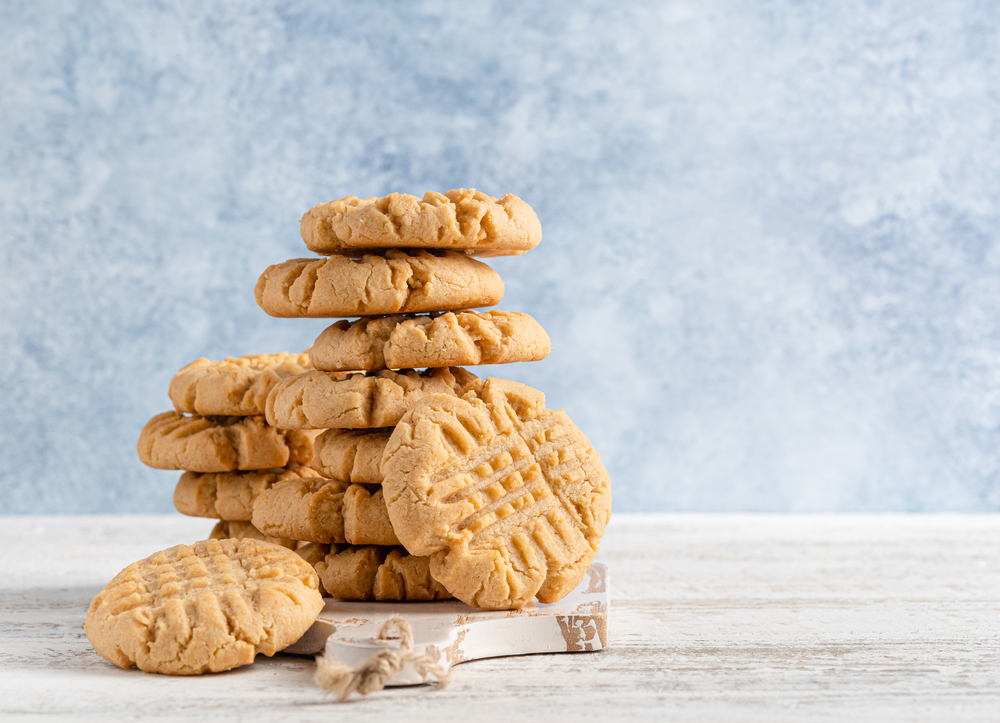
Crafted with the right balance of flour and butter, these biscuits rise beautifully in the oven, achieving a golden crust and a soft, tender interior. Whether enjoyed plain or slathered with jam, each bite delivers a satisfying warmth that evokes feelings of home and comfort.
Ideal for both novice bakers and seasoned chefs, this butter biscuit recipe invites everyone to experience the joy of baking. Gather your ingredients and prepare to fill your kitchen with the irresistible scent of homemade goodness!
Butter Biscuits Ingredients
At the heart of these butter biscuits lies all-purpose flour, which provides the essential structure, allowing for a tender, flaky texture. Complementing this is baking powder, a vital leavening agent that lifts the biscuits, ensuring they rise beautifully.
Salt enhances the flavors, balancing the richness of the butter, which adds a luscious creaminess and a melt-in-your-mouth quality. Finally, the choice of milk, whether regular or buttermilk, enriches the dough, contributing to its overall moisture and ensuring each biscuit is irresistibly soft.
Butter Biscuits: A Flaky Delight
Butter biscuits are a quintessential comfort food, celebrated for their tender, flaky texture and rich, buttery flavor. Whether enjoyed at breakfast, alongside dinner, or as a delightful snack, these biscuits are sure to impress. To elevate your biscuit-making experience, consider the following tips, serving suggestions, and frequently asked questions.
Recipe Tips
1. Use Cold Butter
For the best texture, always start with cold butter. This ensures that the butter doesn’t fully incorporate into the flour, which creates those delightful flaky layers we love in biscuits. You can even freeze the butter beforehand for added effectiveness. When mixing, aim for pea-sized chunks of butter, as they will melt during baking and create pockets of steam, making your biscuits rise beautifully.
2. Don’t Overmix the Dough
One of the most common mistakes when making biscuits is overmixing the dough. After you add the milk, stir gently until just combined. Overmixing can develop the gluten in the flour, resulting in tough biscuits instead of the tender, flaky texture you’re aiming for. Remember, a little bit of flour remaining is perfectly fine!
3. Keep the Dough Thickness Consistent
When rolling out your dough, aim for a consistent thickness of about ¾ inch. This ensures even baking and that each biscuit rises uniformly. Uneven thickness can lead to some biscuits being undercooked while others are overcooked. Using a ruler or a rolling pin with measurements can help achieve that perfect thickness every time.
What to Serve with Butter Biscuits
1. Jam and Butter
Butter biscuits are delightful on their own, but spreading them with a generous layer of jam or butter can elevate them to new heights. Try pairing them with homemade strawberry jam, apricot preserves, or even a dollop of honey. This combination enhances the biscuit’s richness and adds a touch of sweetness that complements the buttery flavor perfectly.
2. Breakfast Sandwiches
Transform your biscuits into a hearty breakfast sandwich. Layer crispy bacon or sausage and a fried egg between two halves of a warm biscuit for a satisfying start to your day. The buttery softness of the biscuit pairs beautifully with savory fillings, making for a delicious and filling meal.
3. Savory Dishes
Butter biscuits can also serve as a side to your favorite savory dishes. Consider serving them alongside a comforting bowl of chicken and dumplings, a rich stew, or even a spicy chili. The biscuits are perfect for sopping up flavorful sauces and gravies, enhancing your meal’s overall experience.
FAQ
1. Can I use self-rising flour for this recipe?
Yes, you can use self-rising flour instead of all-purpose flour. If you choose self-rising flour, skip the baking powder and salt in the recipe, as these are already included in the self-rising flour.
2. How do I store leftover biscuits?
To store leftover biscuits, allow them to cool completely, then place them in an airtight container. They can be kept at room temperature for up to two days. For longer storage, consider freezing them; just reheat in the oven to regain their fresh-baked texture.
3. Can I make the dough ahead of time?
Absolutely! You can prepare the biscuit dough in advance and refrigerate it for up to 24 hours. When you’re ready to bake, roll out the dough, cut the biscuits, and bake as directed. Just note that the dough might need a few extra minutes in the oven if it’s cold.
4. What can I substitute for milk?
If you don’t have milk on hand, you can use buttermilk, which will add a lovely tang to your biscuits. Alternatively, you can substitute with a plant-based milk, such as almond or oat milk, but keep in mind that it may alter the flavor and texture slightly.
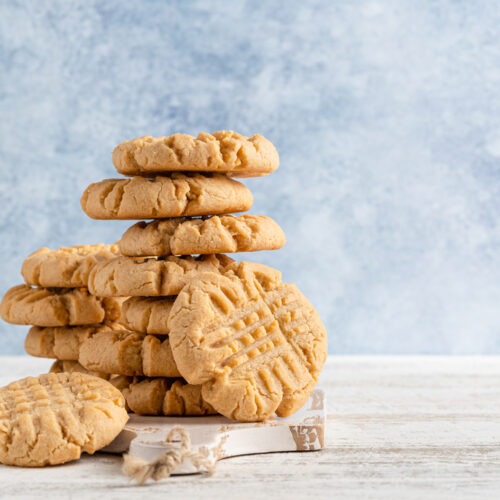
Butter Biscuits
Ingredients
- 2 cups all-purpose flour packed (omit the baking powder and salt if using self-rising flour)
- ½ cup salted butter cut into small pieces (add an extra ¼ teaspoon of salt if using unsalted butter)
- 1 tablespoon baking powder skip this step if using self-rising flour
- ½ teaspoon salt leave out if using self-rising flour
- 1 cup milk either regular or buttermilk, based on your preference
Instructions
- Begin by preheating your oven to 400°F (200°C) to prepare for the delightful buttery aroma that will soon fill your kitchen.
- In a spacious mixing bowl, combine the flour with the baking powder and salt. If you are opting for self-rising flour, you can skip this step entirely, as it contains both baking powder and salt.
- Introduce the cold butter, cut into small chunks. Using either your hands or a pastry blender, incorporate the butter into the flour mixture until it achieves a crumbly texture, with butter pieces roughly the size of peas. It is acceptable for some butter to remain visible, as this contributes to the flakiness of the biscuits.
- Gradually pour in the milk, stirring gently with a wooden spoon until the dough begins to come together. Be cautious not to overmix; the goal is merely to combine the ingredients.
- Lightly flour your work surface, then turn the dough out onto it. Roll the dough to a thickness of about ¾ inch.
- Utilize a biscuit or cookie cutter to shape your biscuits. Ensure you press the cutter straight down without twisting, as this technique encourages the biscuits to rise properly.
- Arrange the biscuits on an ungreased cookie sheet or in a cast iron skillet, ensuring they are in contact with each other. This method aids in achieving a higher rise and a softer center.
- Place the biscuits in the preheated oven and bake for approximately 10 minutes, or until the tops are golden brown. Keep a close watch, as they can cook quickly.

